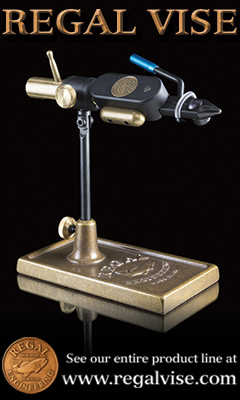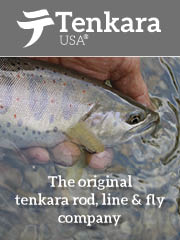 |
| Original Super Ant |
Two summers ago I put up a
post about a simple terrestrial pattern dubbed the
super ant. The super ant is a ungainly creation consisting of just three materials - foam, hackle and thread. It was a creation of my buddy Rick, during a late night tying session in our West Yellowstone cabin, fueled by one too many servings of "cabin punch". This jumbo sized attractor pattern scored big time on fish in the West Yellowstone area. The browns on the meadow section of Gibbon River fell particularly hard to its charms.
 |
| Super Ant Country |
When I brought the pattern home to New Jersey it worked well most of the time for warm water species, but our trout here on the east coast sometimes cast a suspicious eye upon the pattern. They would often rise to inspect the fly, sometimes following a good distance downstream, before ultimately refusing the offering. They were definitely interested, but there was something about the pattern they were not sure of.
 |
| Super Ant Redux |
As it turns out, it appears that the "super" in the super ant was turning fish off. Downsizing the pattern has made it much more effective on our east coast trout. It has also greatly improved its hooking abilities on small mouthed panfish as well, which sometimes had a little difficulty choking down the original pattern. The sample pattern I was given was tied on an old, discontinued Mustad barbless hook (3257B). It just so happens that I have thousands of these funky, old irons lying around. This hook was supposedly discontinued because of its poor hooking abilities. Although the hook held well, it was said to have penetration problems due the pronounced hump in the point. I have used the hook for a while now and have not observed any issues with penetration, so I am continuing to use it (I have to do something with them). Another option in the same style of hook would be the Partridge Roman Moser (CS27) barbless dry fly hook (also discontinued, but easier to find). In the end, any old dry fly hook, barbed or not will work just fine.

This batch was tied up using some quick sight ant bodies I had lying around. To get the hi-vis indicator tips, I simply tinted the white sections with permanent markers in various colors. The standard white works well enough but in some light conditions a little bit of color improves visibility on this low riding pattern.
In addition to the not so super ant I also tied up a few not so super bees with some foam bee bodies I found lying in the same drawer. I have a feeling the bluegills are going to tear these up!
 |
| Recent victim of the Super Ant |


















No comments:
Post a Comment